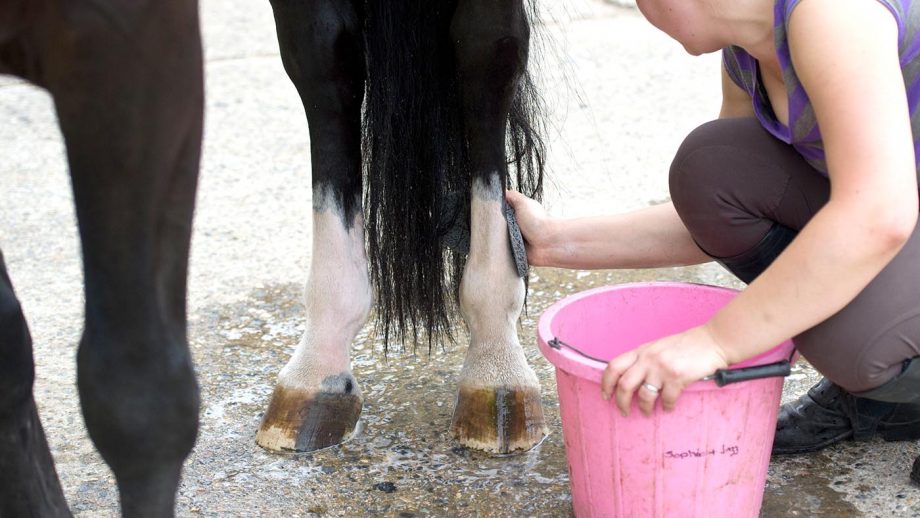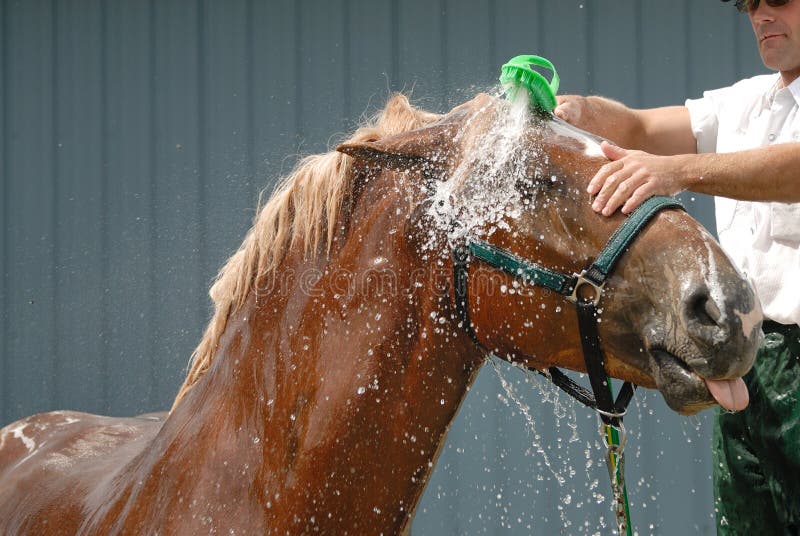Horse riding gear is a significant investment, and maintaining it properly is essential for both your safety and the longevity of the equipment. Whether you’re a beginner or an experienced rider, knowing how to properly care for and store your horse riding gear ensures that it stays in top condition, ready for use when you need it most. From saddles to helmets, boots to bridles, each piece of equipment has specific care and storage needs. This guide will provide you with detailed instructions on how to maintain and store your horse riding gear, so it can continue to perform optimally for years to come.
Importance of Maintaining Your Horse Riding Gear
Horse riding gear is more than just a tool for equestrians; it’s an essential part of ensuring safety and comfort during rides. Properly maintaining and storing your gear not only enhances its lifespan but also contributes to your well-being by keeping everything in good working condition. Regular upkeep can prevent accidents caused by faulty or worn-out equipment and prevent expensive repairs or replacements.
In addition, taking care of your gear improves its functionality, comfort, and appearance, allowing you to have a more enjoyable and safe riding experience.
Essential Horse Riding Gear and Their Maintenance

1. Saddles and Saddle Pads
Saddles are arguably the most important piece of riding gear. They support both the rider and the horse, so it’s crucial to maintain them properly.
Cleaning:
- Leather Saddles: Use a damp cloth to remove dirt and sweat after every ride. Follow this by using saddle soap to clean the leather, removing any buildup of grime. Avoid using harsh chemicals as they can dry out the leather.
- Synthetic Saddles: These are easier to clean, typically requiring just a wash with mild soap and water. Check the manufacturer’s instructions for specific care guidelines.
- Saddle Pads: Wash saddle pads after every ride to prevent buildup of bacteria, sweat, and oils. Machine-washable pads should be washed in cold water to prevent shrinkage, while non-machine washable pads can be scrubbed with a brush or sponge.
Conditioning:
- For leather saddles, apply a leather conditioner after cleaning to keep the leather supple and prevent cracking. Always test the conditioner on a small area first to ensure it doesn’t darken or damage the leather.
Storage:
- Keep your saddle in a cool, dry place, away from direct sunlight and heat sources. A saddle rack or a saddle stand is ideal for preventing deformities. If you won’t be using the saddle for an extended period, consider using a saddle cover to protect it from dust and scratches.
2. Bridles and Reins
The bridle and reins are crucial for controlling the horse. These should be maintained to ensure they stay comfortable and effective.
Cleaning:
- Leather Bridles: Just like saddles, leather bridles need to be cleaned after each use to prevent sweat and oils from damaging the material. Use a damp cloth to wipe off dirt, and follow up with saddle soap to clean thoroughly.
- Reins: Clean reins the same way as the bridle. If your reins are made from webbing or synthetic material, you can wash them with mild soap and water.
Conditioning:
- Apply a leather conditioner or oil to your bridle after each cleaning to prevent the leather from drying out and cracking. Always allow the conditioner to absorb completely before using the bridle.
Storage:
- Always hang your bridle on a bridle hook or in a bridle bag. Keep it in a dry, cool area to prevent mold and mildew growth. If you’re storing bridles for a long time, consider using a bridle bag or box to protect them from dust and damage.
3. Horse Boots and Leg Wraps
Horse boots and leg wraps provide essential protection for your horse’s legs. Maintaining these items is crucial for preventing injuries.
Cleaning:
- Boots: After each ride, rinse off your horse boots, especially if they have been exposed to mud, dirt, or sweat. Use a brush or sponge to scrub them clean. Leather boots may require saddle soap, while synthetic boots can be washed with soapy water.
- Leg Wraps: Wash leg wraps regularly, especially if they are used frequently. Most wraps are machine washable, but it’s essential to check the manufacturer’s care instructions before washing.
Storage:
- Once dry, store boots and wraps in a cool, dry place, preferably in a tack room or storage box. For boots, use boot racks to keep them in shape and prevent them from being squashed. For wraps, roll them up neatly and store them in a bin or bag.
4. Helmets and Protective Gear
Helmets are one of the most crucial pieces of equipment for rider safety. Like all protective gear, they require proper care to ensure they function when needed.
Cleaning:
- Helmets: Clean your helmet after every ride to remove sweat and dirt. Use a damp cloth to wipe down the outer shell. The inner padding can be gently cleaned with a cloth or sponge, but avoid soaking it. Never use harsh chemicals or submerge your helmet in water.
- Protective Gear: Protective gear such as vests, gloves, and body protectors should be wiped clean with a damp cloth. Check manufacturer guidelines for specific cleaning methods.
Storage:
- Helmets should be stored in a cool, dry place, away from direct sunlight and extreme temperatures. Avoid leaving your helmet in the car, as the heat can damage its integrity. Consider using a helmet bag for added protection.
5. Riding Boots and Footwear
Riding boots are essential for rider comfort and safety. Keeping them in good condition is vital for both the rider and the horse.
Cleaning:
- Leather Boots: Clean leather riding boots after every ride using a damp cloth to remove dirt and sweat. Follow up with leather cleaner or saddle soap to remove oils, dirt, and grime. Apply a leather conditioner to prevent drying out and cracking.
- Rubber or Synthetic Boots: These are easy to clean and typically require just a rinse with water. For more stubborn dirt, use a brush or sponge with soap and water.
Storage:
- Store riding boots in a cool, dry place. For leather boots, use boot trees or stuff them with newspaper to help maintain their shape. Avoid leaving them in damp conditions, as moisture can damage the leather.
General Tips for Maintaining Horse Riding Gear
1. Regular Inspections
Perform regular inspections of your gear to catch small issues before they become major problems. Check stitching, buckles, and straps for signs of wear and tear. Replace any damaged components immediately to prevent accidents.
2. Keep Your Gear Dry
Moisture is one of the biggest enemies of riding gear, especially leather. Always dry your gear after use if it gets wet. Air-dry it by hanging it up in a well-ventilated area, and avoid direct heat sources such as radiators or heaters.
3. Avoid Overuse
Rotating between different sets of gear is essential to reduce wear and tear. For instance, if you have multiple saddles or bridles, use them alternately rather than relying on the same ones day after day.
4. Store Gear Properly
Proper storage is essential for maintaining the quality of your gear. Invest in good storage solutions like saddle racks, bridle hooks, and boot racks to keep your gear organized and protected. Use bags and covers when necessary to shield your equipment from dust and environmental damage.
Conclusion: The Benefits of Proper Gear Maintenance
Maintaining and storing your horse riding gear is crucial to ensure its longevity and performance. By following the cleaning, conditioning, and storage tips for each piece of equipment, you can preserve its integrity, enhance its function, and extend its lifespan. Regular inspections and care routines will help you identify any potential issues early, saving you time and money in the long run. Ultimately, properly maintained gear contributes to both rider safety and the well-being of your horse, ensuring that every ride is both comfortable and safe.








